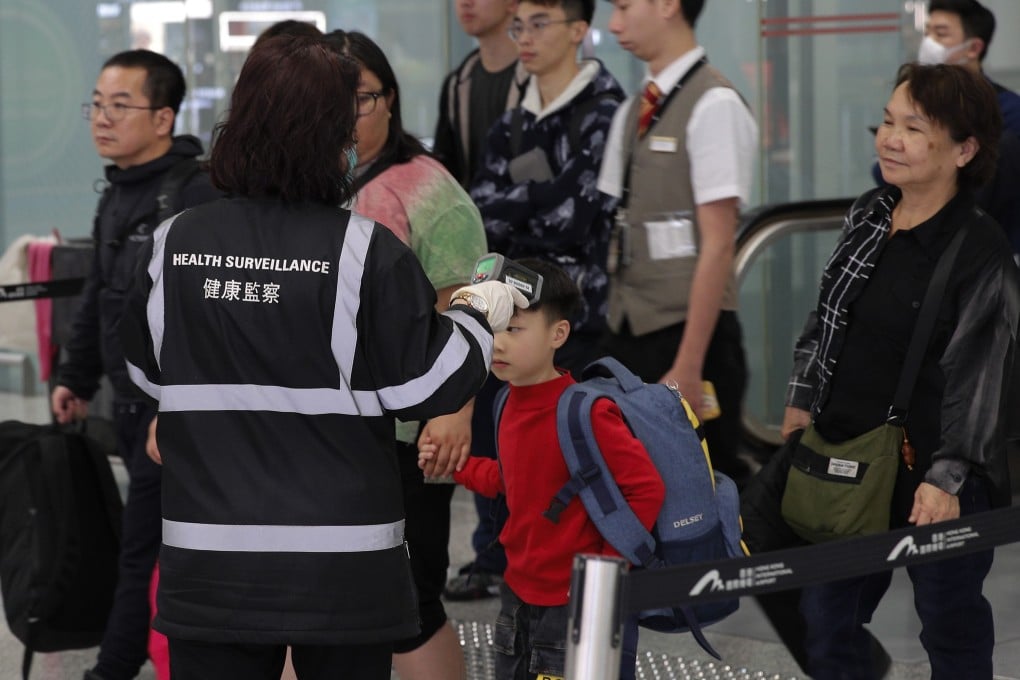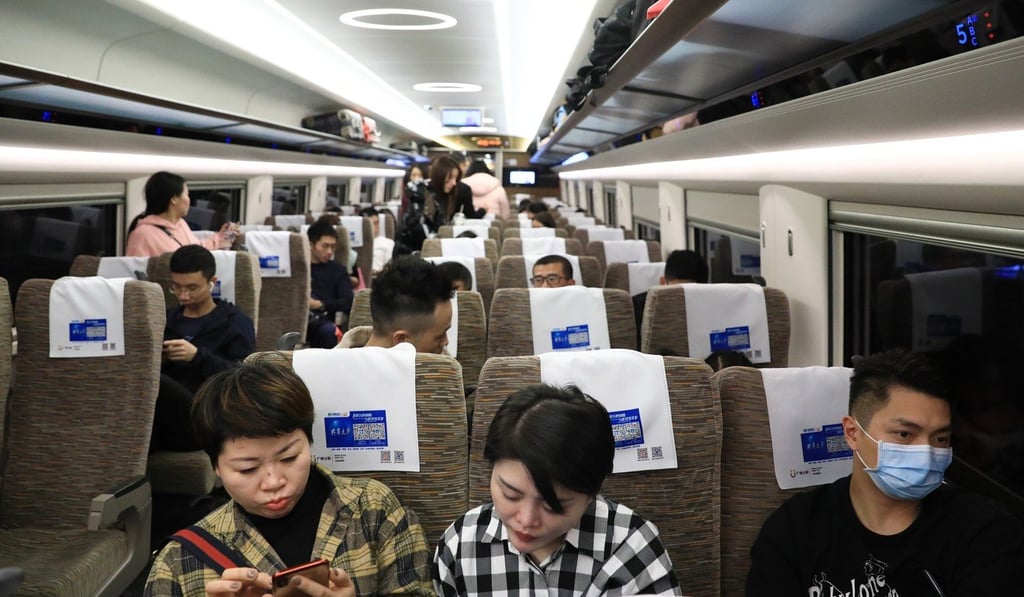Hong Kong to add mystery Wuhan pneumonia to list of notifiable infectious diseases, giving authorities power to quarantine patients
- Medical practitioners will have to notify the government of anyone suspected to have been infected with the disease under changes expected to be in place this week
- Hong Kong public hospitals admit six more patients who had been to Wuhan in the past 14 days and presented with symptoms

Medical practitioners in Hong Kong must notify the government of anyone suspected to have been infected with the mystery Wuhan pneumonia under a change expected to be in place this week which also gives the authorities the power to place patients under mandatory quarantine.
The Food and Health Bureau’s announcement late on Monday night came as medical experts called on the government to step up health checks at the city’s border and make visitors from Wuhan, which has been hit by a pneumonia outbreak, fill out a declaration form.
The bureau said amendments to the Prevention and Control of Disease Ordinance were “in full swing” to include “severe respiratory disease associated with a novel infectious agent” as a statutory notifiable infectious disease. It is expected to be gazetted within this week.
Once gazetted, medical practitioners who suspect a patient has the disease must notify the government. It is understood that the government would then have the power to order the patient be placed under quarantine.
This cannot done at present because the unidentified Wuhan pneumonia, which does not even have an official name yet, is not listed in the ordinance.
